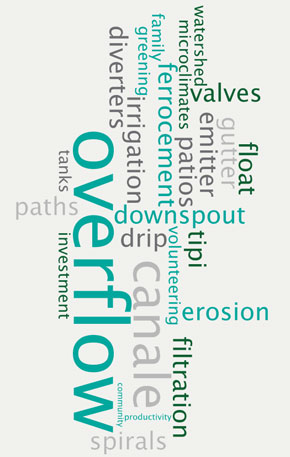The PermaDesign Weblog, with Nate Downey and Melissa McDonald!
Roof-Reliant Landscaping™ Step 8: Cisterns are Systems
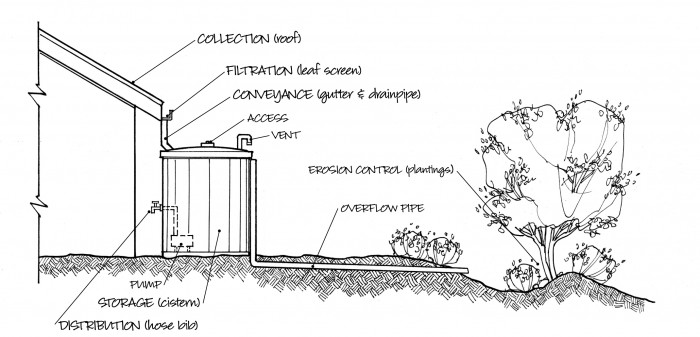
Although it is accurate to say that a cistern is a water storage tank, the term cistern, as used in this manual, is much more than a container. In roof-reliant landscaping, a cistern denotes a functioning water-storage system, not simply the shape and the material that make up the water tank’s walls. A cistern system includes the storage tank and its relationship and connection to each of its constituent parts.
09/23/2015 | (0) Comments
Stop Powdery Mildew
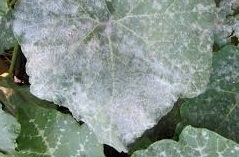
Gardener Veronica Fowler offers a new twist on an old recipe that uses baking soda and oil to fight powdery mildew. Veronica’s version uses Murphy’s Oil Soap in along with the baking soda to form a spray solution.
Ingredients:
1 gallon warm water
3 tablespoons baking soda
1 tablespoon Murphy’s Oil Soap
Directions:
Thoroughly mix the ingredients and treat mildew spots when they first appear. Treat every 7-10 days until drier weather stops new spots from forming. The solution can also be used preventively on plants that have a history of mildew by spraying one or two times in early spring before the disease appear.
09/21/2015 | (0) Comments
Roof-Reliant Landscaping™ Step 7: Know the Basics
Every roof-reliant landscaper needs to have an understanding of how to collect water from a roof and how to divert this water to landscape plants or to a cistern for storage. This post provides an introduction to rooftop rainwater harvesting and gives an overview of both types of cistern systems—aboveground (the water tank sits at ground level) and below-ground (the water tank is buried underground). The terms and cistern system components introduced in this post will further described in detail in the future.
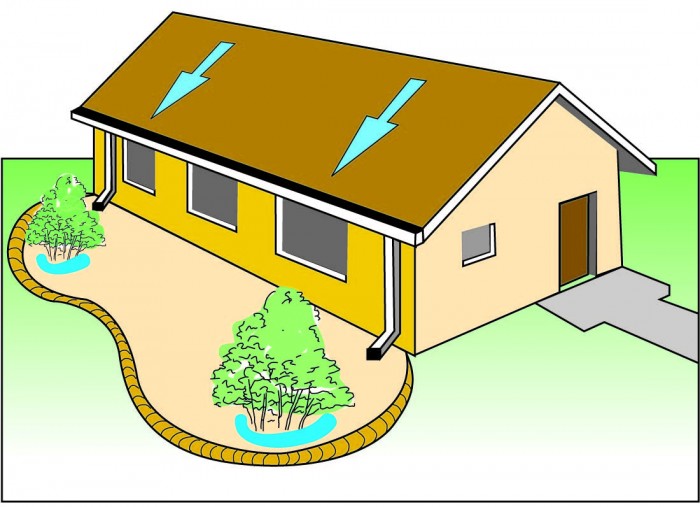
Rainwater harvesting systems are usually divided into two main types: simple (also commonly known as “passive”) and complex (also known as “active”). In a simple rooftop rainwater harvesting system, precipitation is captured from a roof and diverted directly to plants in the landscape. (The figure above shows an example of this simple approach.) Note that in this simple system, rainwater hits the surface of a roof and is gravity-fed downward. The water collected off the roof is diverted by gutters and downspouts, which then deliver the water to the area of landscape plants. Except for some land contouring to direct the flow of water on the ground and encourage the water to settle near the planted vegetation, no attempt is made to store the rainwater for future use.
09/17/2015 | (1) Comments
Roof-Reliant Landscaping™ Step 6: Control Erosion
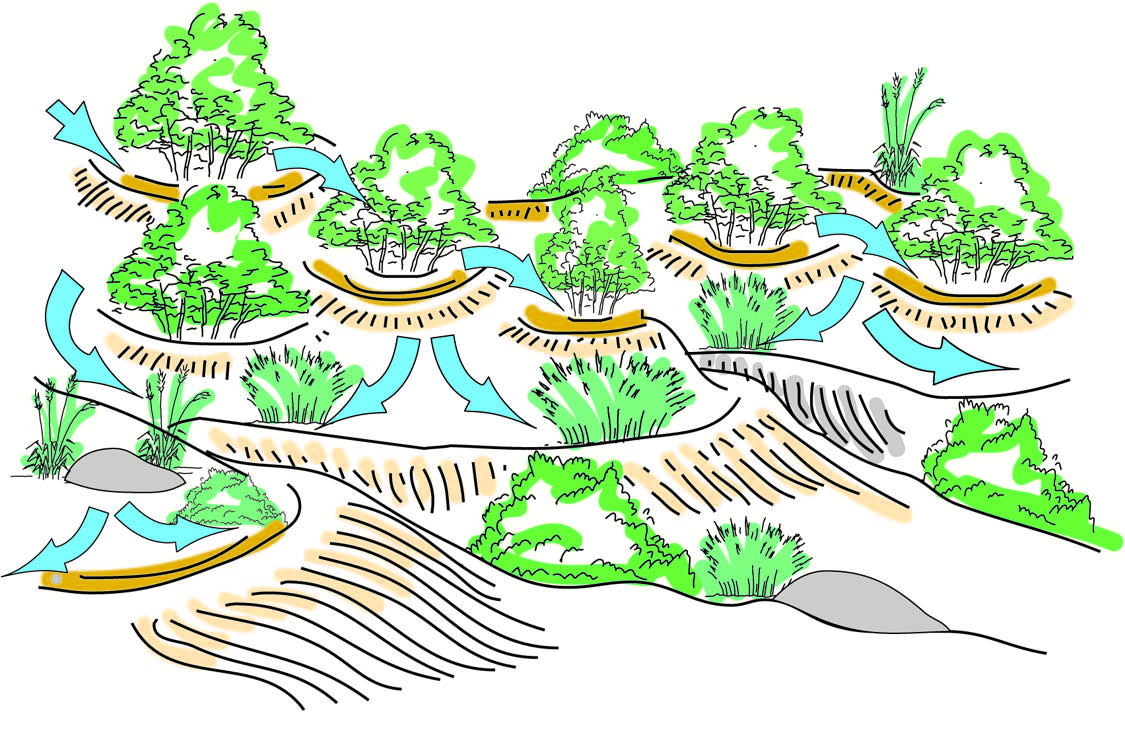
If you go through the steps of creating a roofreliant landscape using the seven basic xeriscaping principles highlighted above, it is important to take the necessary precautions to prevent your precious soil from eroding away during heavy storm events. Grade your garden in such a way that moisture can percolate into the soil, preventing the soil from migrating downhill.
09/14/2015 | (0) Comments
Roof-Reliant Landscaping™ Step 5: Mulch Appropriately
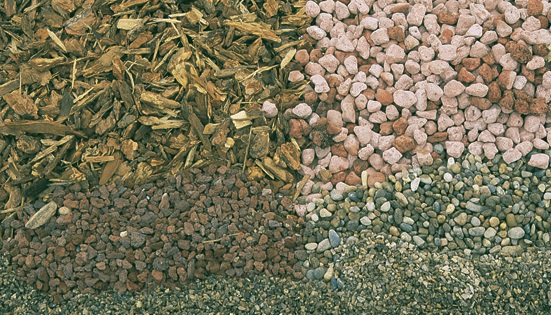
After building healthy soil by adding compost and planting water-thrifty plants in the appropriate locations, you will want to further conserve water and promote plant health by spreading a thick layer of mulch over your improved soil. Mulch does five critical things for soil: it shades, insulates, prevents erosion, adds nutrients (especially if fibrous mulch such as shredded bark is used) and obstructs weed growth.
09/11/2015 | (0) Comments
A Mine is a Terrible Thing to Waste
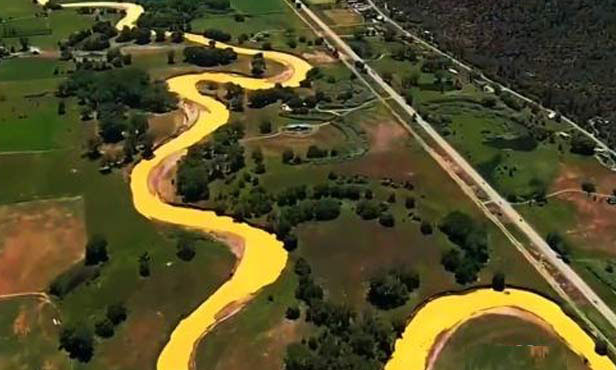
As a cumin-colored plume of toxic sludge trudges toward Lake Powell, a never-ending cleanup process begins in the northwest corner of New Mexico. In addition to worrying about their drinking water, people along the Animas River are concerned for thirsty herds, parched crops, and regional wildlife. They know that fewer jobs, lost revenues from tourism, and plunging property values are likely to follow.
09/11/2015 | (0) Comments
Roof-Reliant Landscaping™ Step 4: Irrigate Efficiently
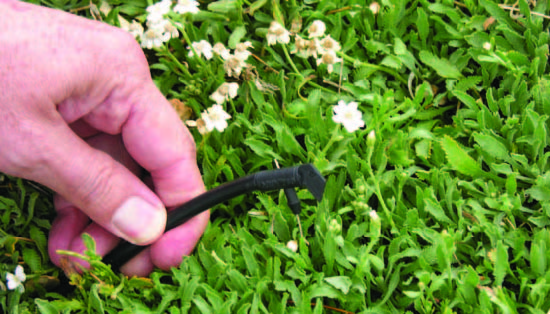
It doesn’t make sense to design a roof-reliant landscape that uses water inefficiently. A well-planned and well-maintained irrigation system significantly reduces a landscape's water use, which is especially important when relying on rainwater harvesting for most or all of its irrigation water. For the most efficient use of water, irrigation zones should be designed so that lowwater- use plants receive only the water they require. Low-volume drip emitters are the most effective mechanism to deliver water to the root zones of most trees, shrubs and perennials.
09/04/2015 | (0) Comments
Roof-Reliant Landscaping™ Step 3: Use Low-Water Plants
Choosing appropriate plants for your local area and for the specific conditions on your property is a key element in creating a roof-reliant landscape. For example, the range of waterwise plant options near Red Bluff Reservoir (elevation just under 3,000 feet) in southern New Mexico is very different from the plant palette for the village of Truchas (elevation just over 8,000 feet) in northern New Mexico. Local plant nurseries, landscape designers and other landscape professionals, horticulturists, native plant societies, local master gardeners and county extension agents can be invaluable resources for information about the types of plants that are appropriate for your landscape.
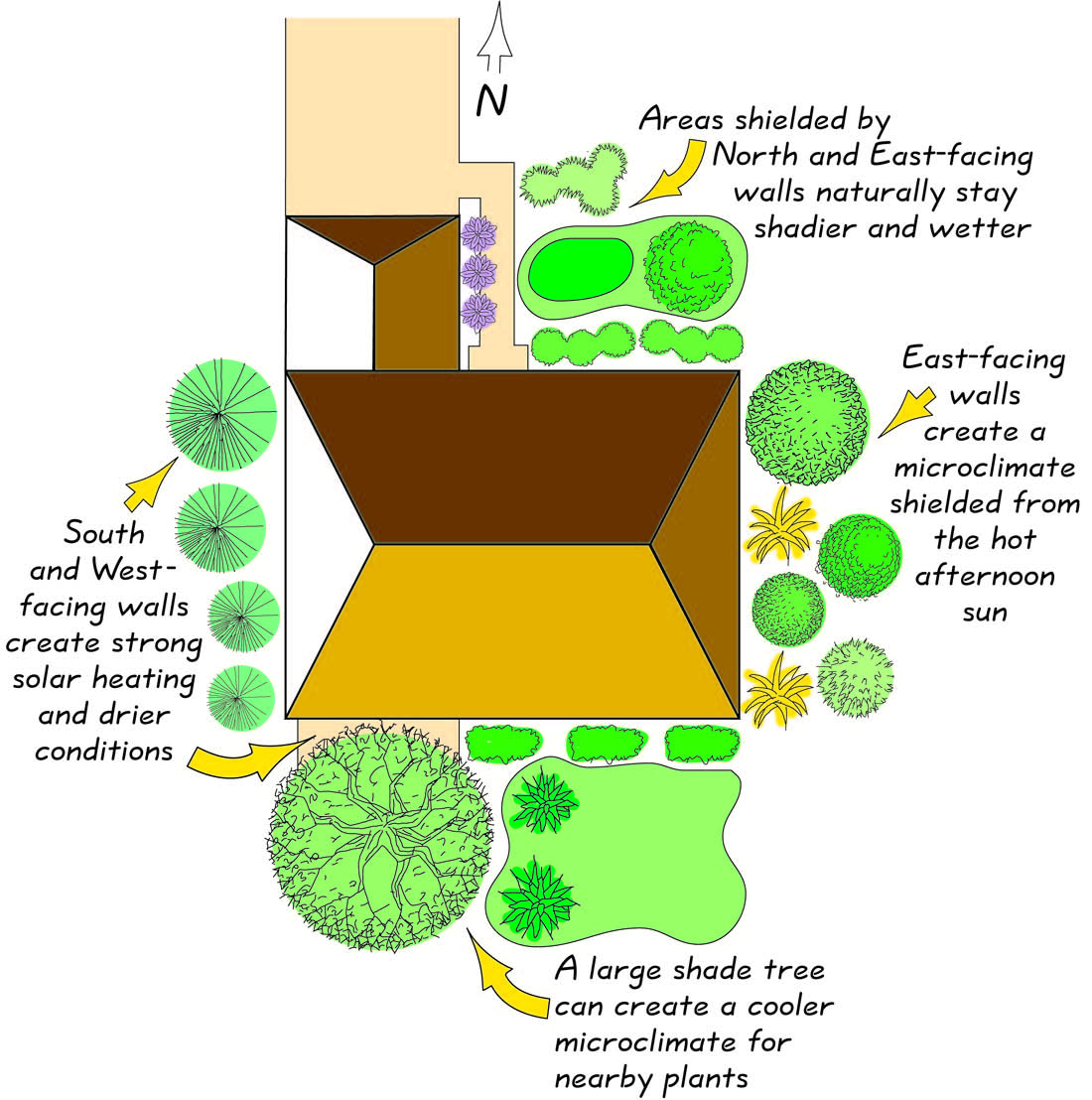
09/02/2015 | (0) Comments
Jack of All Trades - Compost Tea
From everything from fighting fungal disease and blight to adding nutrients to the soil compost tea is one easiest ways to naturally fortify your garden. To use as a preventative measure:
Ingredients and Supplies:
Large Bucket
Quality Compost (the compost process should be completely finished)
Fine-Screen Strainer
Pump or Backpack Type Sprayer
Fill the bucket with equal amounts of water and compost. Allow the mixture to sit for a week stirring every day to allow the compost to steep. Allow the larger material to settle to the bottom before straining the tea into the sprayer. Care should be taken in the last step to not let any large particles through that might clog the sprayer. Spray young plants once a week or as need to treat blight and fungus.
09/01/2015 | (0) Comments
Roof-Reliant Landscaping™ Step 2: It Starts With Soil Building
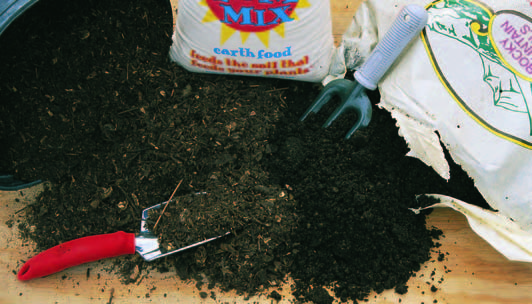
New Mexico’s soils typically lack the organic matter necessary to provide sufficient plant nutrients and water retention. Native plants tend to need less organic matter than adapted plants, but most plants benefit from the addition of some organic matter, such as compost, into the soil.
08/31/2015 | (1) Comments
